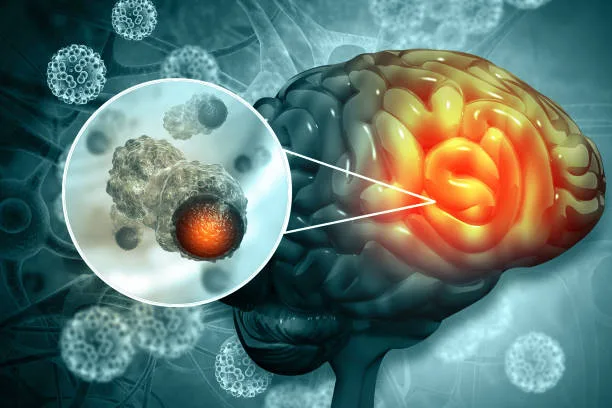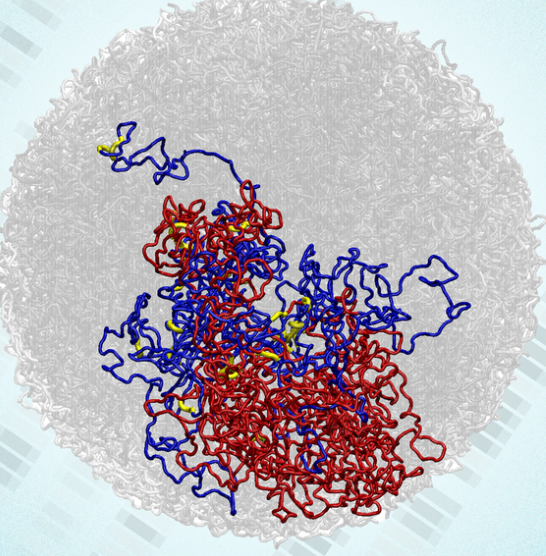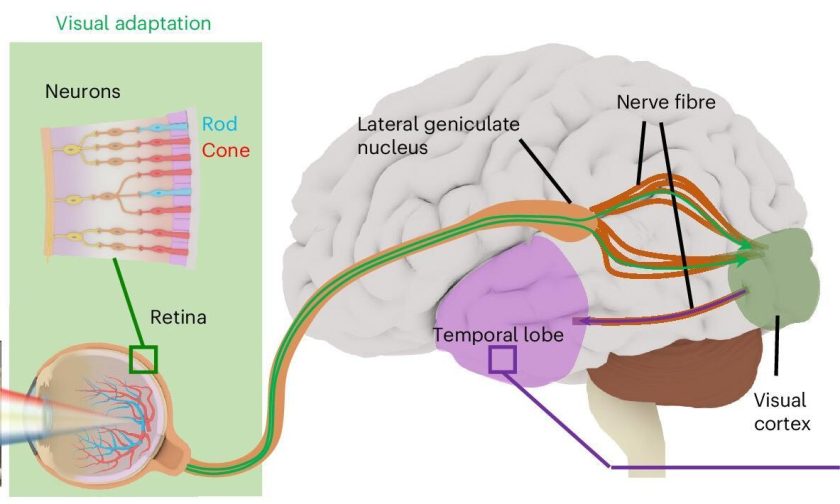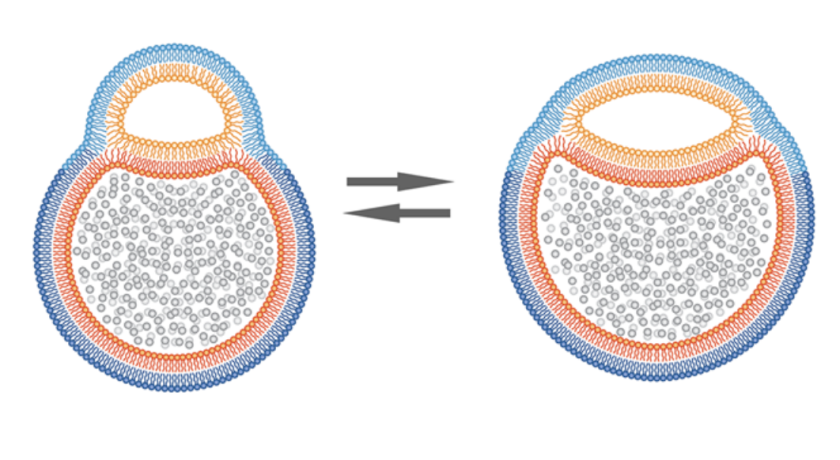
Scientists at the Sylvester Comprehensive Cancer Center, part of the University of Miami Miller School of Medicine, have crafted a tiny particle capable of crossing the blood-brain barrier. The team envision to tackle both primary breast cancer tumors and brain metastases in a single treatment. Their investigations indicate that this approach can reduce the size of both breast and brain tumors in lab experiments.
What are Breast Cancer Tumors and Brain Metastases?
Abnormal growth or masses of cells that develop in the breast tissue form tumors. These tumors can be categorised into two types:
- Benign – These are non-cancerous growths that do not spread to other parts of the body.
- Malignant – These are cancerous growths characterized by uncontrolled cell growth. Very easily they can invade nearby tissues and spread to other parts of the body.
While brain metastases are cancerous tumors that have originated from cancer cells in another part of the body and have spread to the brain. They pose significant challenges in treatment and can impact neurological function due to their location in the cranial cavity.
Dr. Shanta Dhar, an associate professor of Biochemistry and Molecular Biology and assistant director of Technology and Innovation at Sylvester Comprehensive Cancer Center, led the study. According to her, the nanoparticle developed by the Sylvester team holds promise for treating metastases while simultaneously targeting the primary tumor.
Nanoparticle Targeting Mitochondria Shrinks Breast and Brain Tumors
During preclinical studies, the research team strategically loaded the nanoparticle with two prodrugs aimed at targeting mitochondria, the energy-producing organelles within cells. They showed that this approach effectively reduced the size of both breast and brain tumors.
By leveraging the inherent characteristics of mitochondria, which is cellular metabolism and energy production, the team aim to disrupt vital cellular processes underlying tumor growth and survival. This approach of stifling their metabolism holds promise as a means to eradicate tumors while sparing neighboring tissues from harm.
The groundbreaking research, detailed in their publication in the journal Proceedings of the National Academy of Sciences, marks a promising step forward in the quest for effective cancer treatment methods.

The Nanoparticle Solution
The strategy involves creating the nanoparticle (NP) that target mitochondria and can penetrate the blood-brain barrier. These NPs can simultaneously deliver drugs to both the primary tumor site and the brain metastases.
By combining these NPs with specific therapeutic agents crucial for tumor growth, the researchers aim to disrupt cancer cells’ two major energy sources:
- oxidative phosphorylation (OXPHOS), and
- glycolysis
During the preclinical research, the team also address safety concerns by evaluating potential side effects such as peripheral neuropathy and changes in neurobehavior.
Takeaway
Treating tumor cells with medications can be tough because most of these drugs lead to major side effects. Additionally, cancer cells tend to adapt and share nutrients with other cells around them, thus, making them hard to remove or kill.
By delving into how these cells alter their metabolism and developing treatments that can adjust to these changes, we could potentially find more effective ways to combat this life-threatening disease.
In a nutshell, this research suggests an exciting approach to therapy that focuses on mitochondrial function. With ongoing research and advancements in understanding cellular metabolism and targeted treatments, we are moving closer to finding better solutions for those affected by it.
Via: Neuroscience News



